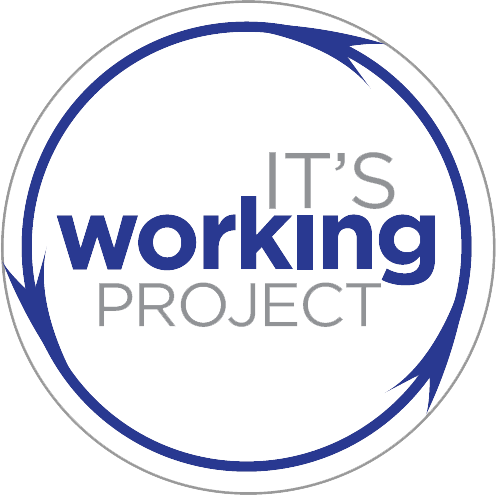The New York Times is once again considering how we get from here to there in the American workplace. This week’s Magazine featured an in-depth, well-considered view of the American workplace, and how it’s changing for the better.
What caught our eye, specifically, was Susan Dominus’ “Rethinking the Work-Life Equation” . The complex challenges of this question have been on our minds for nearly 20 years, first at Forty Weeks and now at the It’s Working Project where we ask: what is the ideal, the gold standard — how does one build a work culture that successfully launches and nurtures careers and all versions and stages of family and self? And if we can better understand what is working, what can we do to support employers who know who they want to succeed but cannot understand how to get from intention to execution?
One of our biggest takeaways — and one that Dominus echoes and articulates in her article — is the need for flexibility. And we agree. We’ve found that there is no true work-life balance. It is a myth. This is not yoga: there is no balance, no active leaning, no fancy juggling. We were so glad the NYT piece used (and credited) Cali Yost’s “work-life fit” as their terminology. And also that they quoted friend of IWP Rachael Ellison on her work dedicated to coaching employers and employees to help both manage leave and explore flexibility, both of which are critical for back-to-work after baby success.
One thing that feels strong and getting stronger is the recognition of the value and the necessity of an active support system. This is not a question of flex-time or childcare planning — both are essential to the success of parents and work. But we need to build complex relationships on both sides for the equation to work.
It’s a full range of support, including childcare.
Families are not doing it alone. Even in the most enlightened of workplaces — and there are many that are leading the way in changing the workplace culture — there is the issue of childcare. We did not notice any mention of this in the NYT and we are not sure why. Any work conversation begins and ends with who is taking care of kids, both as a regular child care arrangement and on an emergency childcare basis. Life happens: kids get sick, snow closes school, or even the best childcare arrangements have wrinkles where they don’t work. If we truly want to make family-friendly, flexible work arrangements the norm, then we need to begin with the childcare conversation.
Success will look different for every family and different for that same family as life happens, but childcare is the common question we all ask. I hope more workplaces will use the New York Times’ Magazine feature as a starting point to ask what else they can, what they will bring to the table to show and actively offer support for all that their valuable employees value.
